Lacking engineers, businesses are willing to pay billions of dong in salaries, but universities can only partially meet the demand for high-quality microchip human resources. To train human resources approaching international standards, international cooperation is needed.
The attractiveness of a high-paying industry At the workshop "International cooperation to develop human resources for microchip design" recently organized by the Ministry of Planning and Investment in Hanoi, Mr. Trinh Khac Hue, General Director of Qorvo Vietnam, shared very openly about the salary level currently applied at his enterprise. For new university graduates, Qorvo is willing to pay up to 320 million VND/year; new PhD graduates can receive a salary of 360 million VND/year; mid-level engineers 900 million VND/year; senior engineers 1.5 billion VND/year; expert engineers 1.9 billion VND/year; chief engineers at many levels up to 2.5 billion VND/year, or even higher because of added stocks and other salary and bonus policies. "Studying semiconductors is not a trend but is actually a very valuable career direction if you are passionate and can do it. Hopefully more and more young people will participate in this field," Mr. Hue expressed. 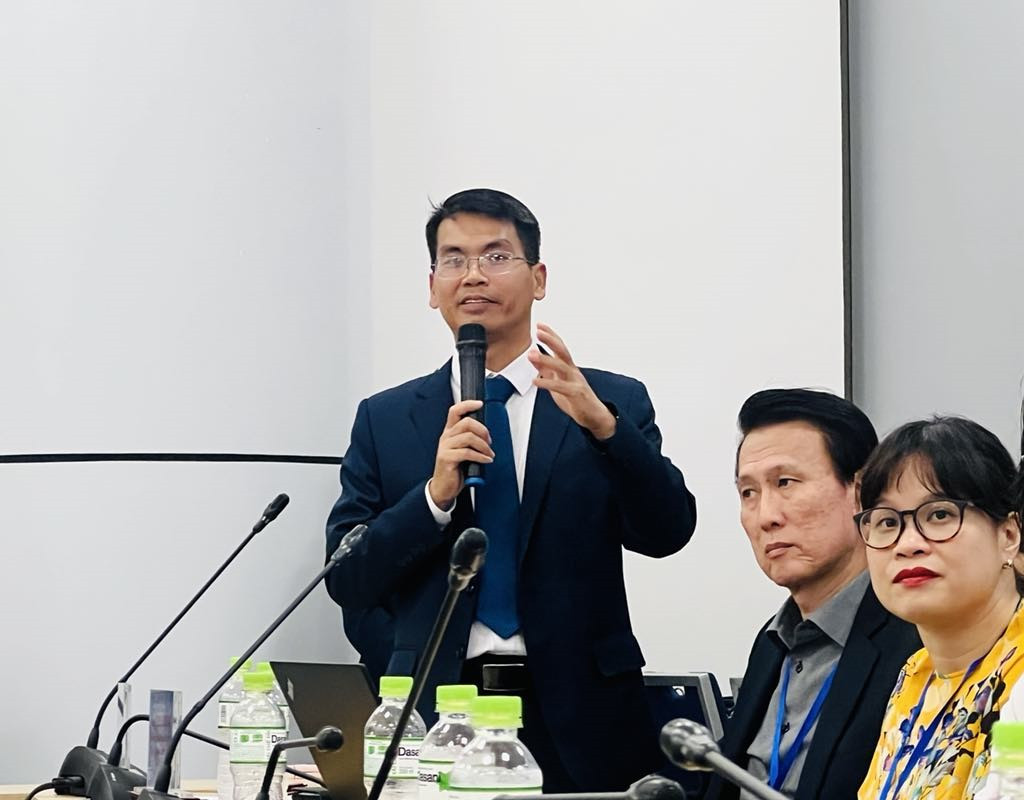
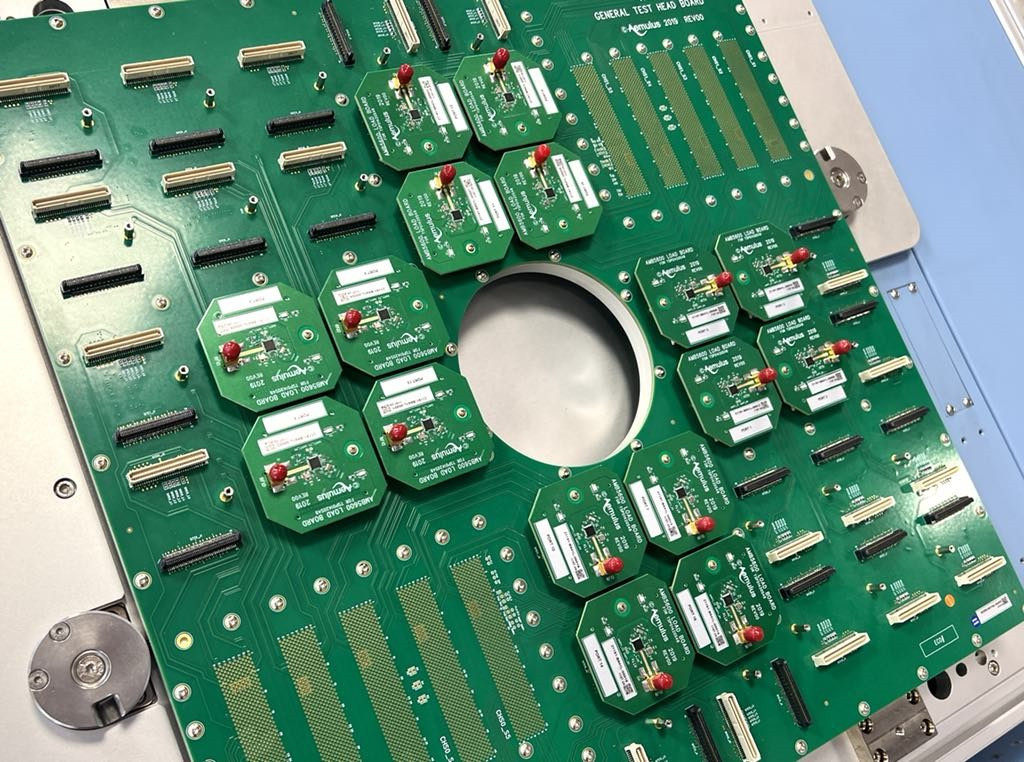
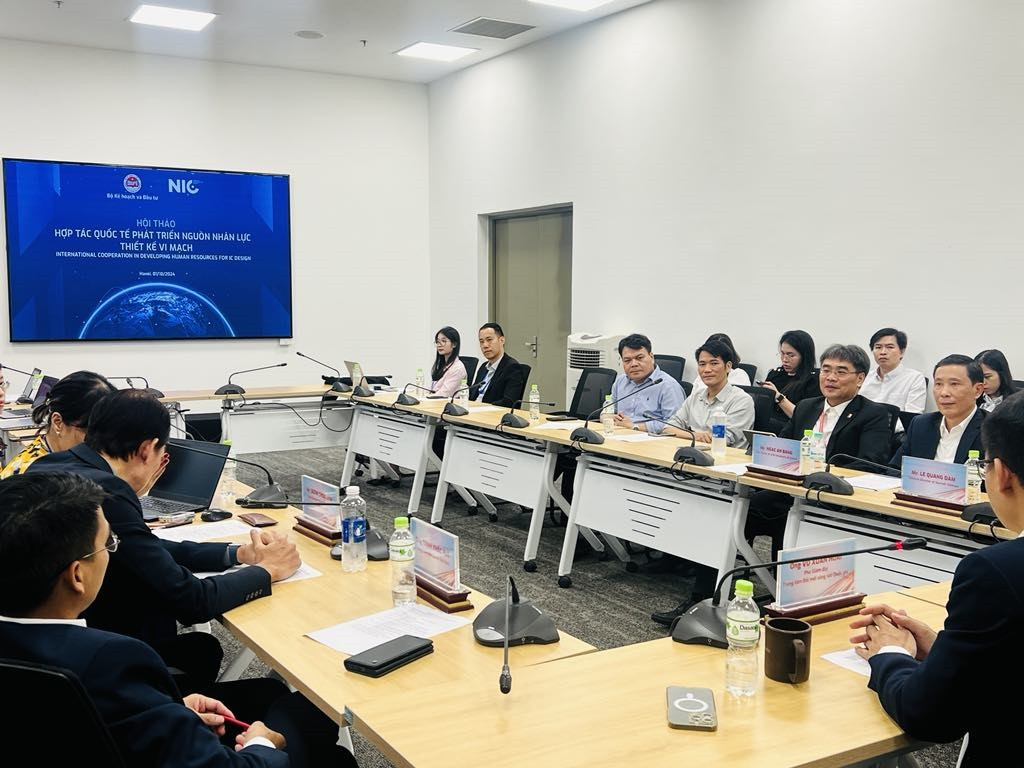

Mr. Trinh Khac Hue, General Director of Qorvo Vietnam, announced attractive salaries for semiconductor engineers at the company. Photo: Binh Minh
The General Director of Qorvo Vietnam noted 8 basic requirements that a semiconductor design engineer needs to have: Good foundation in Mathematics (useful when designing and analyzing circuits); really understand the principles of analog and digital circuits; have knowledge of physics, especially semiconductor physics, focusing on CMOS (a type of technology used to manufacture integrated circuits); In addition, it is necessary to know how to use design tools/software; have signal processing skills; soft skills to achieve high speed and creativity in work; ability to present, connect with colleagues, partners, customers and project management skills. Mr. Seo Choo Han, Sales Director of Southeast Asia at Cadence Group, said that the biggest challenge in the semiconductor industry today is human resources. This industry puts forward increasingly high requirements and demands for semiconductor design engineers. Identifying the cooperation between businesses and schools as an important foundation for the success of training semiconductor engineers, in recent times, Cadence has supported copyrighted design software for more than 30 universities in Vietnam; organized many intensive training courses for lecturers and students. Cadence leaders revealed that the semiconductor industry is in dire need of human resources capable of performing a number of areas, including: Improving PPA (power, efficiency and area) of chips; advanced packaging technology; designing 3D-IC chips... "If students focus on learning these contents, they can become engineers who can integrate more quickly into the world semiconductor industry. Of course, these are all very difficult tasks. Hopefully young people will not be discouraged, but will see this as an opportunity because the higher the challenge, the higher the salary," said Mr. Seo Choo Han. Assoc.Prof. Huynh Dang Chinh, Vice President of Hanoi University of Science and Technology, provided noteworthy information: Hanoi University of Science and Technology has cooperated closely with foreign enterprises in training high-quality microchip design engineers. The school's criteria is how to make it possible for graduates to work in FDI and foreign enterprises. Currently, over 50% of Hanoi University of Science and Technology graduates have worked in foreign enterprises in Vietnam. There are still many weaknesses in training However, Associate Professor, Dr. Ngac An Bang, Vice President of the University of Science - Vietnam National University, Hanoi - frankly admitted that universities, even top universities, have only partially met the requirements for training high-quality human resources such as semiconductor human resources. "International cooperation is a mandatory requirement, it cannot be avoided. Only international cooperation can bring the necessary quality of human resources, approach international standards and ensure the development of Vietnam's semiconductor industry," he emphasized.
There are still many weaknesses in semiconductor engineering training in Vietnam. Photo: Binh Minh
Associate Professor, Dr. Ngac An Bang pointed out some common weaknesses of university training facilities in Vietnam related to semiconductor technology. The lack of high-quality lecturers is still one of the difficult problems. The laboratory conditions of universities are different, but basically, compared to international standards, they still do not meet the requirements. Semiconductor-specialized laboratories are even more difficult to meet. "Staff, lecturers, and students hope to have time for practical internships and experience in semiconductor industry enterprises. But that is very difficult. Usually, it is just a tour. One of the reasons is the security issue," the Vice Principal of the University of Natural Sciences reflected. Therefore, international cooperation is the solution that the University of Natural Sciences has implemented in recent times. “With the support of important partners such as National Chiao Tung University - Taiwan - China (one of the world's leading universities related to semiconductor technology), we have built a joint training program on master's degree in semiconductor technology. The partners have supported from the program design stage to sending experts to teach, providing laboratories and practical internships at 'big guys' like TSMC, Micron... ", Associate Professor, Dr. Ngac An Bang shared. After 5 years of training cooperation, about 40 students have graduated; of which, nearly 30 people continued to study for a doctorate at National Chiao Tung University - Taiwan and Tsinghua University (located in the technology park considered as Silicon Valley of Taiwan - China); 5 people moved to do a doctorate at an Australian university, 2 people continued to study for a doctorate in Singapore... There are 8 students working for Micron Corporation. To strengthen the teaching staff and contribute to the development of the domestic semiconductor industry, the University of Natural Sciences has actively cooperated and participated in international cooperation programs and projects. Recently, 7 PhD lecturers were assigned to participate in the lecturer training program for the semiconductor technology program of Arizona State University (ASU), under the ITSI Fund program (established under the CHIPS Act) sponsored by the US Department of State . On the other hand, the school has developed and submitted applications for funding from a number of international organizations to increase resources to improve the capacity of the teaching staff.
Overview of the workshop. Photo: Binh Minh
Hope for more “unicorns” in the microchip industry The semiconductor industry plays a key role in the development of the high-tech sector. Vietnam, as one of the fastest growing countries in Southeast Asia, is aiming to become a global human resource hub for the semiconductor industry. However, to become the world’s semiconductor center, human resources are the key issue. On September 21, 2024, the Prime Minister approved the Strategy for the Development of Vietnam's Semiconductor Industry to 2030 and a vision to 2050. The project identifies semiconductor human resources as a "breakthrough of breakthroughs", by 2030 training 50,000 semiconductor engineers, including 15,000 design engineers, and 35,000 packaging and testing engineers... "To soon realize this urgent goal, it is necessary to promote international cooperation in developing semiconductor human resources. We have worked with leading technology organizations and corporations in the semiconductor industry around the world to seek resources and potential cooperation opportunities to promote the Vietnamese semiconductor industry", said Dr. Vo Xuan Hoai, Deputy Director of the National Innovation Center (NIC) - Ministry of Planning and Investment. Recently, NIC has signed Memorandums of Understanding with many domestic and international semiconductor enterprises and corporations such as Intel, Synopsys, Cadence, VinaCapital, Southeast Asia Impact Alliance,FPT , TreSemi,... to deploy Semiconductor Chip Design Training Centers at NIC Hanoi, NIC Hoa Lac, creating opportunities for Vietnamese engineers and lecturers to quickly access and join the global semiconductor industry. "The potential of Vietnamese people in the field of microchip design is huge. I hope that through international cooperation training programs, there will be many successful startups in the future, so that Vietnam will have many unicorn startups in the microchip industry", Dr. Vo Xuan Hoai emphasized.Vietnamnet.vn
Source: https://vietnamnet.vn/hop-tac-dao-tao-quoc-te-de-viet-nam-co-nhieu-ky-lan-vi-mach-2328197.html

![[Photo] 60th Anniversary of the Founding of the Vietnam Association of Photographic Artists](/_next/image?url=https%3A%2F%2Fvphoto.vietnam.vn%2Fthumb%2F1200x675%2Fvietnam%2Fresource%2FIMAGE%2F2025%2F12%2F05%2F1764935864512_a1-bnd-0841-9740-jpg.webp&w=3840&q=75)




![[Photo] Cat Ba - Green island paradise](/_next/image?url=https%3A%2F%2Fvphoto.vietnam.vn%2Fthumb%2F1200x675%2Fvietnam%2Fresource%2FIMAGE%2F2025%2F12%2F04%2F1764821844074_ndo_br_1-dcbthienduongxanh638-jpg.webp&w=3840&q=75)
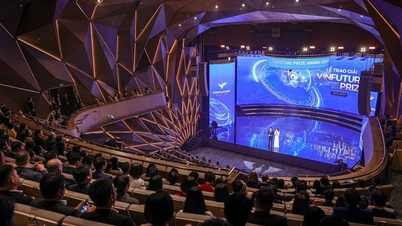

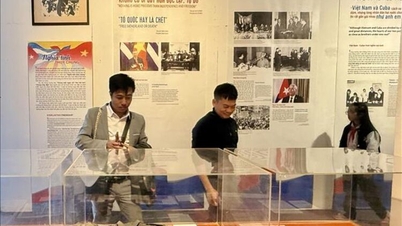



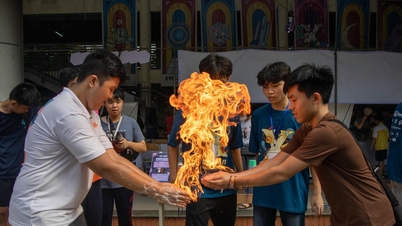

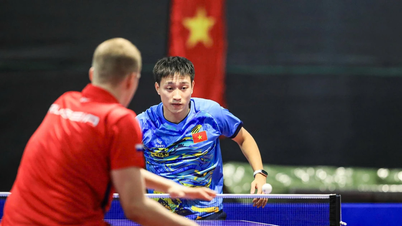



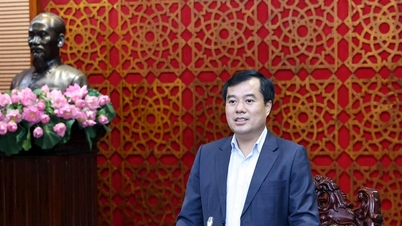

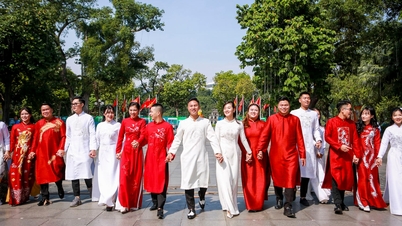



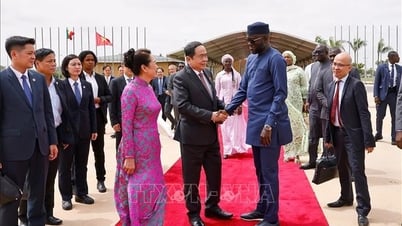

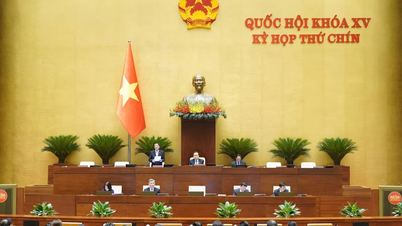
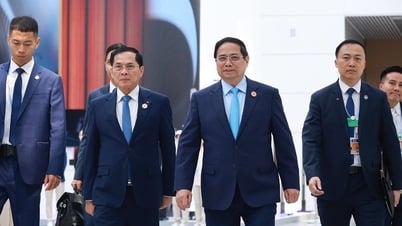






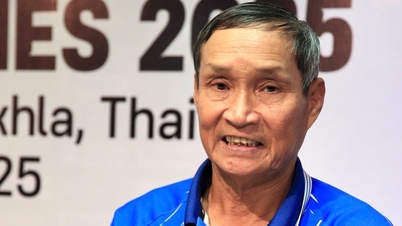


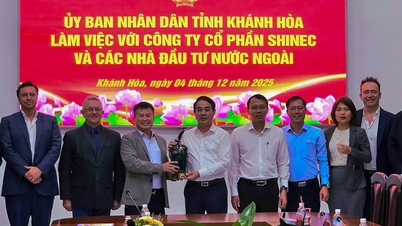







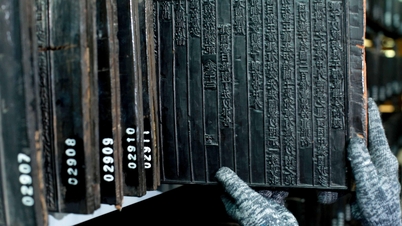






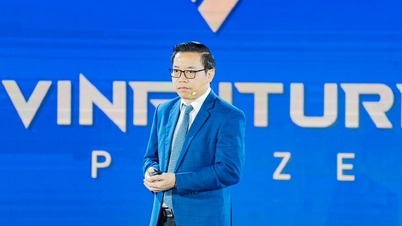
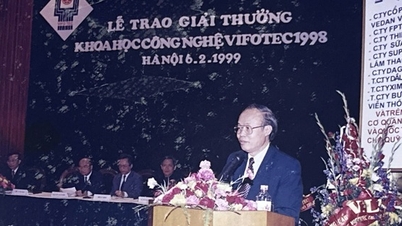

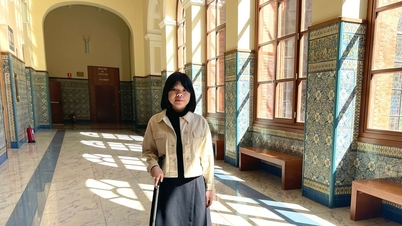


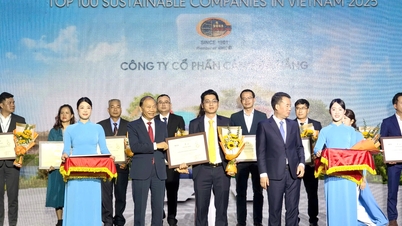
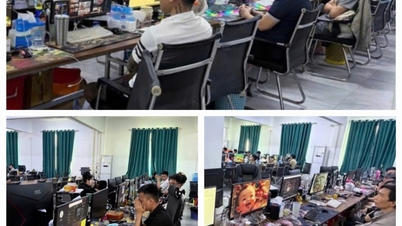
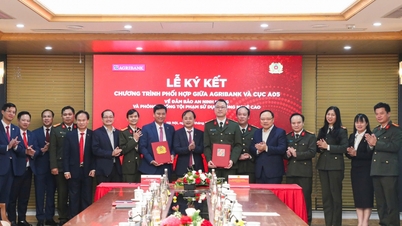

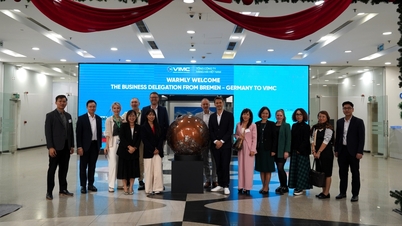
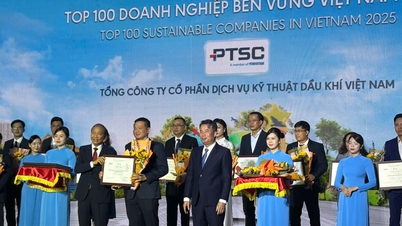












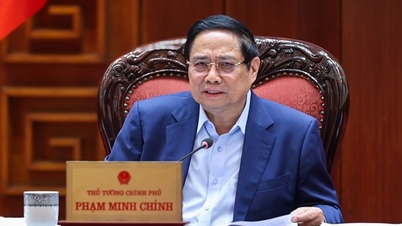
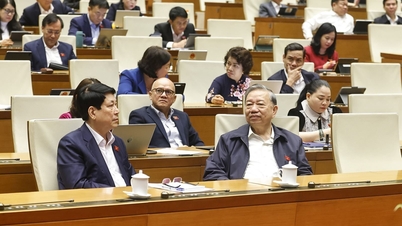
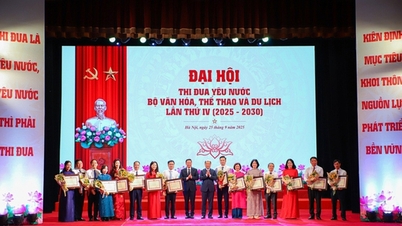

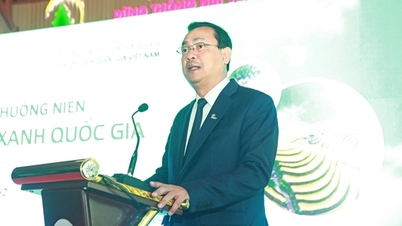
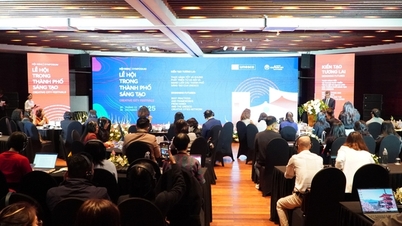
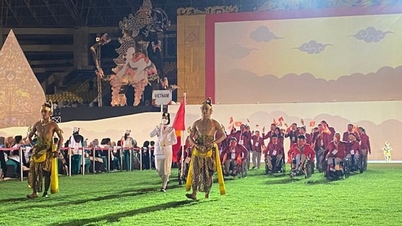



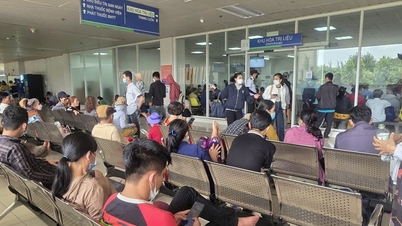

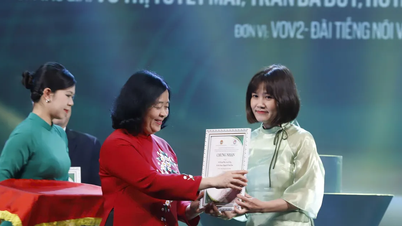

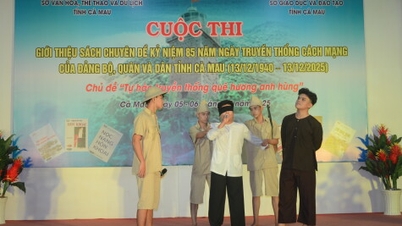


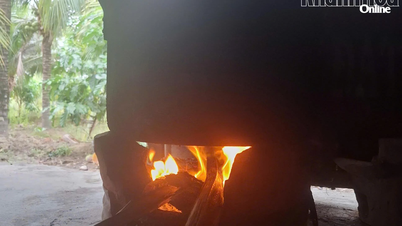
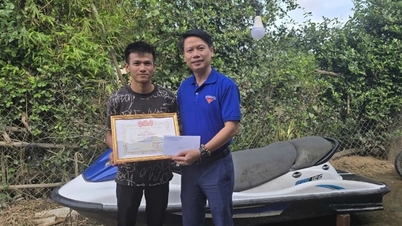


















Comment (0)